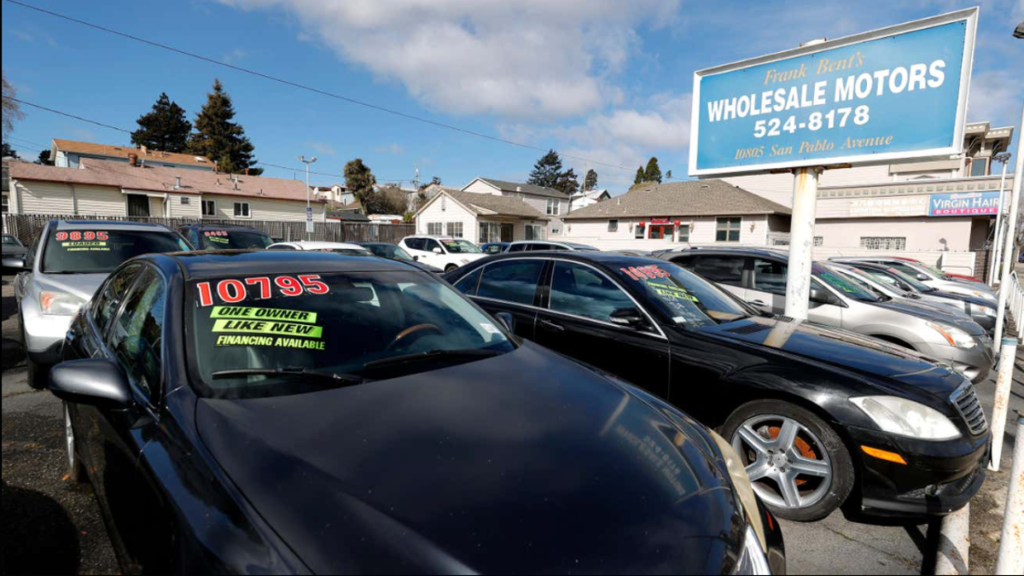Car Buyers Are Taking Out 17% – 22% APR Car Loans

It’s expensive to be poor, especially if you’re a victim of America’s capricious, inscrutable credit rating system. But, in most places, you still need a car and that has forced some car buyers into situations where they sign paper work for 17 – 22 percent car loans. Is that usury? Apparently not.
The 2024 Acura Integra Type S Transmission Will Make A Believer Out Of You
A fun post on MarketWatch blames the “Fed’s inflation fight” which itself is a calculated effort to force people out of their jobs, homes, healthcare etc. so that employers will have greater power in the economy and companies can continue to put higher prices on food and everything else without consequence. From MarketWatch:
Higher borrowing costs can mean households need to put more of their income into monthly auto payments, ramping up the risks of late payments, defaults and car repossessions. Those risks, however, have yet to make investors flinch.
The subprime auto sector already has cleared almost $30 billion of new bond deals this year, according to Finsight, a pace that’s slightly below volumes from the past two years, but still above historical levels since 2008.
“I do believe there has to be a reckoning if rates stay higher for longer,” said Tracy Chen, a portfolio manager on Brandywine Global Asset Management’s global fixed income team.
Figuring out when the tumult might hit has proven difficult. Instead of slowing, the economy has shown resilience despite the Fed lifting its policy rate to a 22-year high of 5.25% to 5.5%. The central bank also indicated it might need to keep rates higher for some time to fight inflation. Longer-duration bond yields, as a result, have pushed higher, but still hover below 5%.
As the MarketWatch story explains, subprime auto loans are a risky thing to invest in, so when the economy starts to shudder the people who hold those bonds usually ask for better returns to offset that risk. Since the economy continues to churn despite the Fed’s best efforts to put more American kids on food stamps, people are, for the most part, still making those massive car payments and the bondholders have been satisfied with their returns. Which is great if you’re a bondholder, less great if you’re a single Mom trying to pay for a used CRV with subframe rust.







